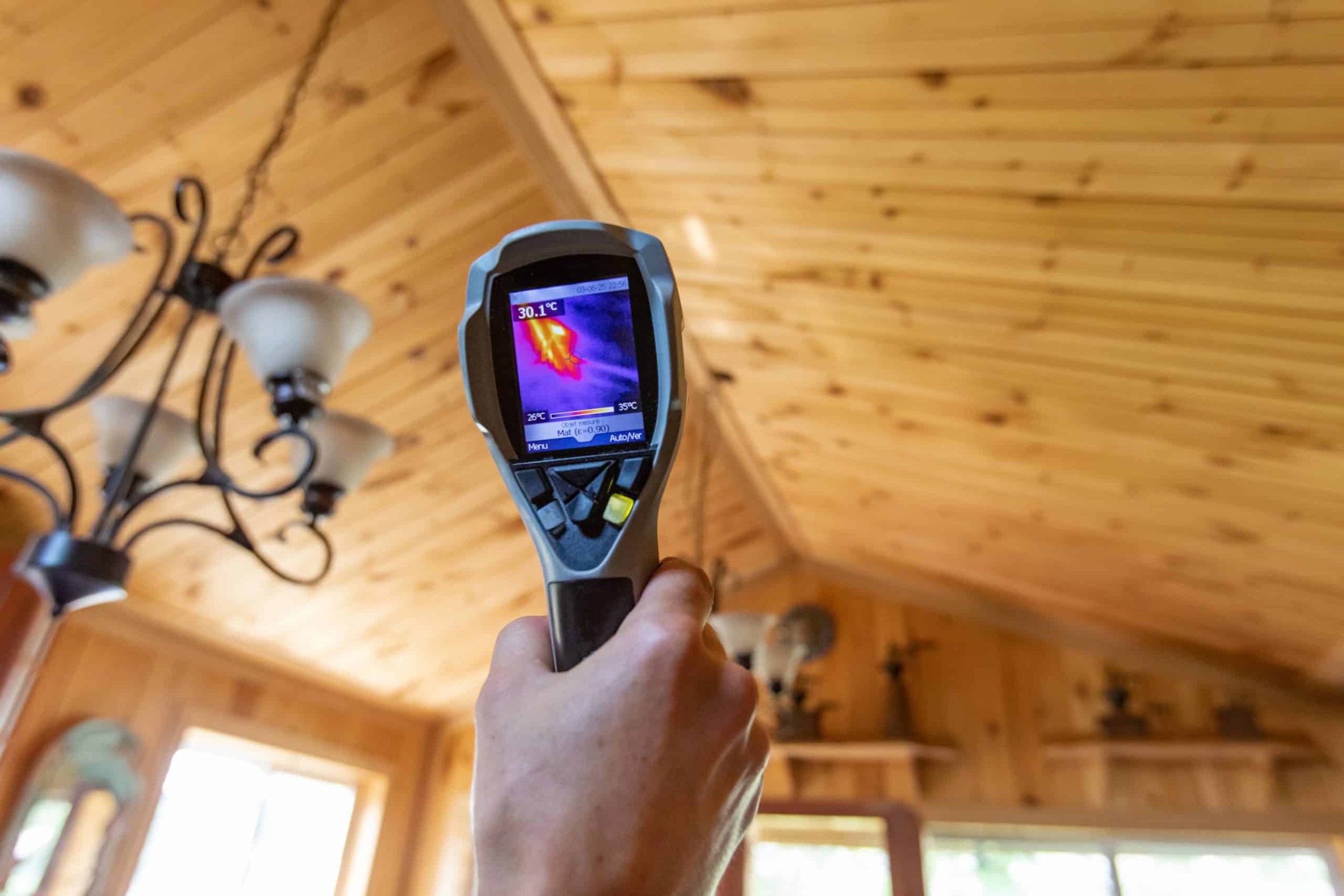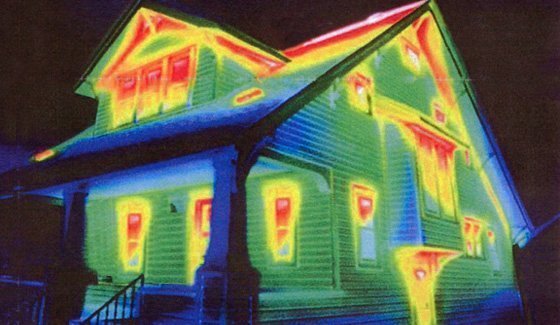Thermography
It is very important to ensure that every part of a home is thoroughly inspected to identify any issues or potential problems. One technology that has become increasingly popular for this purpose is thermography. In this blog post, we will explore what thermography is and how it can be used in home inspections.
What is Thermography?
Thermography is a non-invasive technique that uses infrared cameras to detect and measure heat patterns and temperature changes in objects and materials. In simple terms, it allows you to "see" heat. This technology has a wide range of applications, including medical imaging, building inspections, and industrial inspections.
In a home inspection context, thermography can be used to detect issues such as insulation deficiencies, air leaks, and electrical faults. By analyzing heat patterns and temperature changes, thermography can identify potential problems that may not be visible to the naked eye.
How Does Thermography Work in Home Inspections?
When using thermography in a home inspection, the inspector will use an infrared camera to scan the walls, floors, and ceilings of a home. The camera will then produce images that show temperature variations in the scanned areas. These images can reveal areas of the home where heat is escaping or where there may be a lack of insulation.
For example, if the camera detects a temperature difference between the top and bottom of a wall, this could indicate that there is inadequate insulation in that area. Similarly, if the camera detects a cold spot on a ceiling, this could indicate a leak in the roof or an area where insulation is lacking.
Thermography can also be used to identify electrical issues. When electrical components are not working properly, they can generate excess heat. An infrared camera can detect this excess heat and identify potential problems such as overloaded circuits or faulty wiring.
Benefits of Using Thermography in Home Inspections
There are several benefits to using thermography in home inspections.
Firstly, it is non-invasive, which means that there is no need to drill holes or make other alterations to the home to conduct the inspection. This makes it a less intrusive and more efficient process.
Secondly, thermography can identify issues that may not be visible to the naked eye. For example, a leak in a roof may not be apparent from the ground, but it will show up clearly on a thermographic scan. This means that potential problems can be identified early, before they develop into larger and more expensive issues.
Thirdly, thermography can help to identify energy inefficiencies in a home. By identifying areas where heat is escaping, it is possible to make improvements to insulation and reduce energy bills.
Finally, using thermography can help to build trust with clients. By providing a thorough and detailed inspection that uses the latest technology, you can demonstrate your expertise and commitment to providing the best possible service.
How to Choose a Home Inspector Who Uses Thermography
If you are a homeowner looking for a home inspector who uses thermography, there are several factors to consider.
Firstly, make sure that the inspector is properly trained and qualified to use thermography. This technology requires specialist knowledge and expertise, so it is important to choose an inspector who has received proper training and has experience in using thermography.
Secondly, ask to see examples of previous thermographic scans. This will give you an idea of the quality of the inspection and the level of detail that the inspector provides.
Finally, make sure that the inspector is using the latest equipment. Infrared cameras are constantly evolving, and it is important to choose an inspector who uses the most up-to-date technology to ensure the most accurate results.
Thermography is an incredibly useful tool for home inspectors. By using infrared cameras to detect heat patterns and temperature changes, it is possible to identify potential issues that may not be visible to the naked eye
If you’d like to schedule an inspection, contact us now:
🌎 latinspection.com
📞 206 - 202 7522 ( work ) ( Call only )
📞 408 613 5572 ( Cell ) ( call & text )
✉️ Info@LATinspection.com
📍Servicing King & Pierce County and the surrounding areas.




